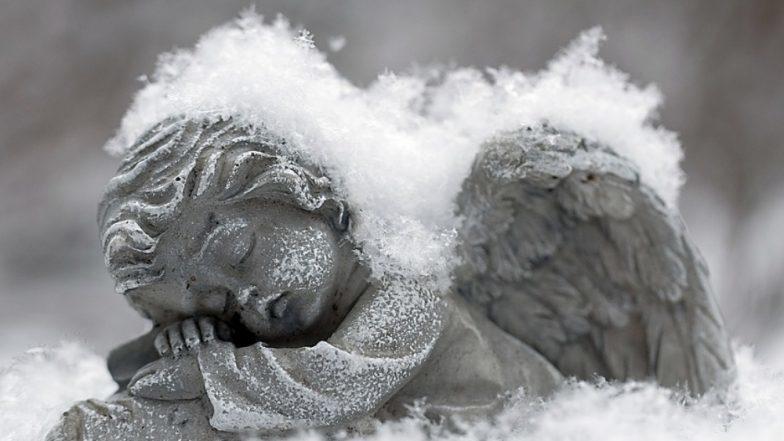People expecting a mellow winter in the US are up for a rude shock with the Polar Vortex spinning their way. The country is experiencing the coldest winter in years, with the temperature plunging to sub-zero levels. Parts of US – the Upper Midwest and East – are facing Arctic-like weather. With the temperature falling below -27 degrees Celsius, the situation looks pretty grim as far as human health is concerned, mainly because the body is not equipped to handle such cold temperatures. Extreme cold causes hypothermia, where the body loses more heat than it creates and the core temperature drops below 35 degree Celsius. Although this is the last thing you want to read in the biting cold, here are some of the things your body can undergo if you don’t protect yourself against the big freeze.
There are three stages of hypothermia – mild, moderate and severe. Here’s what happens at every step. Polar Vortex: U.S. Braces for Extreme Cold Weather, Chicago to be Colder than Antarctica.
Mild Hypothermia (32.2°C to 35°C)
When faced with extreme cold, your body’s first response is to generate heat. So when the core temperature falls, the body activates the shivering reflex. The muscles start tightening and relaxing rapidly to create more heat and energy.
The cold weather constricts the blood vessels, making your blood pressure and your heart rate shoot up. And your breathing becomes laboured.
Blood sugar levels may go up because the cells start consuming less glucose and insulin secretion decreases. Your tissues also become less sensitive to insulin.
Moderate Hypothermia (28°C to 32.2°C)
Between 28°C to 32.2°C, you start experiencing moderate hypothermia. At this stage, your body’s response to cold becomes lesser than before, and you stop shivering, lowering your core temperature even further.
Your speech starts getting slurred. The muscles – especially around the shoulders, neck and throat – tense up in an attempt to ward off the cold. The vocal cords go into a lockdown, causing slow, unclear speech. Polar Vortex 2019: Here’s How -50 Degrees Feels Like in Chicago and Other Cities in the US; See Pics & Videos.
Heartbeats become slower and more irregular. Pupils start getting dilated, and blood pressure decreases.
The falling temperature also influences your mental state, as confusion increases and consciousness decreases. Motor skills start getting affected, making movements clumsier.
Severe Hypothermia (Less Than 28°C)
With severe hypothermia, your bodily processes start slowing down, starting with the heart rate, respiratory rate and blood pressure.The breathing gets more laboured, and pupils become non-reactive.
Confusion increases as you start hallucinating. The skin starts reacting, as the small blood vessels get inflamed. Being exposed to such harsh cold weather can result in heart failure, oedema of the lungs and cardiac arrest.
How To Stay Safe In The Cold
Although anyone can suffer from hypothermia, some are more vulnerable than the others. These include:
- Senior citizens, especially those who don’t have enough food or clothing
- Babies
- The homeless and people who work outdoors
- Those who drink alcohol and are addicted to drugs
As the temperature dips, make it a priority to keep yourself warm and your core temperature stays above 35 °C at all times. Winter Mistakes That Are Making You Sick: Expert Lists 10 Things You Shouldn’t Do During The Cold Season.
According to the National Institute of Ageing, here are some of the steps you should take if you are indoors:
- Stay indoors.
- Heat the room you are using by setting the temperature between 68–70°F.
- Close cold air drafts that could creep into the room by sealing open spaces with towels and other fabric.
- Wear layers of clothing but ensure they are loose.
- Keep extremities like face, ears, nose hands and legs covered and protected.
- Drink fluids.
- Eat more carbohydrates.
- Do cardio to keep your heart rate and body temperature up.
- Wear waterproof boots to keep your legs safe.
- Keep the head warm by wearing a hat.
- Avoid touching cold, metal surfaces with bare hands or legs.
- Avoid alcohol since it is one of the causes of hypothermia.
While hypothermia is a worst-case scenario, it doesn’t hurt to stay protected. The human body is quite resilient and we don’t give it enough credits. So hunker down, stay warm and wait for the polar vortex to be on its way out.
Lifestyle | cccLatest Information on Breaking News & Updates on Lifestyle at Latestly.com

